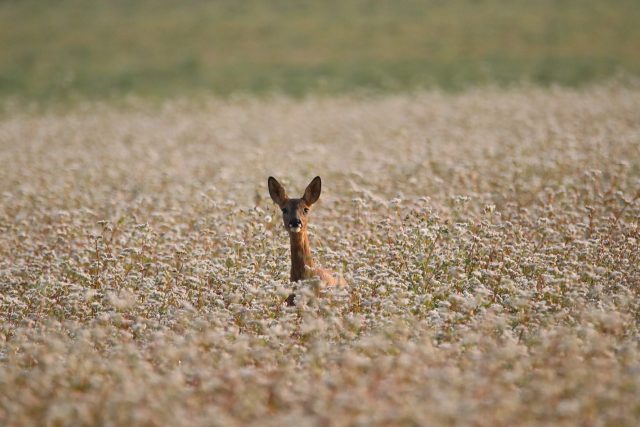
Italy holds an extraordinary record in Europe being the country with the greatest variety of living species and natural habitats.
With over 50% of European plant species and 30% of European animal species endemic, the Italian territory represents a unique treasure of biodiversity. This rich natural heritage, however, is often threatened by human activities, climate change and neglect in land management. Thanks to its strategic geographical position and the variety of its ecosystems, Italy stands as a natural bridge between Africa and Europe, as well as one of the most important migratory routes for numerous bird species. The country is home to 85 types of terrestrial ecosystems, from Alpine glaciers to coastal wetlands, but 68% of these are considered at risk. Furthermore, 30% of the species present on Italian territory are threatened with extinction. Protected areas, which cover 17% of the national territory and 11% of marine areas, represent a first step in the conservation of this heritage, but current efforts are insufficient to address the challenges related to climate change and the impact of human activities. To raise public awareness of the importance of biodiversity and conservation strategies, the National Biodiversity Future Center (NBFC), in collaboration with the National Research Council (CNR) and National Geographic Italy, has organized an exhibition entitled The Country of Biodiversity. The exhibition will be open to the public from January 20 to April 30, 2025 at the CNR headquarters in Rome.
The exhibition presents a multimedia itinerary composed of five rooms, with a selection of fifty spectacular photographs taken by the collective The Wild Line and curated by National Geographic. The large-format images highlight the extraordinary variety of Italian fauna and flora, offering a unique opportunity to explore the richness and fragility of the country’s ecosystems. Italy, like many other areas of the Mediterranean, is considered a climate change hotspot. Drought, desertification, rising sea temperatures and extreme weather events pose increasingly serious threats to the stability of ecosystems. These factors add to the direct impact of human activities, such as urbanization, pollution and deforestation. The images on display in the exhibition tell the stories of iconic species such as the Marsican brown bear, the wolf and the lynx, but also of lesser-known animals that play essential roles in Italian ecosystems. Each photograph invites visitors to reflect on the urgency of protecting nature and to consider the interdependence between human activities and the natural environment.
The protection of Italian biodiversity cannot be left exclusively to the scientific world or to politics; it must become a goal shared by all of society. As Maria Chiara Carrozza, president of the CNR, underlined, “The protection of ecosystems passes through a culture of biodiversity, extensive and transversal”. From this perspective, the exhibition represents an educational and awareness-raising opportunity, aimed at citizens of all ages, families and students. Marco Cattaneo, director of National Geographic Italy, highlighted the central message of the exhibition: “Nature must be protected in its complexity. The biodiversity of our country is a capital of inestimable value”. Luigi Fiorentino, president of the NBFC, added that initiatives like this can inspire new generations to develop curiosity for scientific study and to commit to the protection of Italy’s natural heritage, in line with the principles enshrined in Article 9 of the Italian Constitution.
Italy is a country rich in biodiversity, but its extraordinary variety of species and habitats is threatened by global and local factors. Initiatives like the exhibition The Country of Biodiversity are essential to increase collective awareness of the importance of protecting this unique heritage. Preserving biodiversity is not only an ethical imperative, but also a necessity to ensure the long-term sustainability of the ecosystems on which we depend. Only through a common effort, involving the scientific world, institutions and citizens, will it be possible to protect and enhance this natural wealth for future generations.



 Subscribe
Subscribe